Credit default swap is a production financial instrument that is directly related to lending. The global financial crisis of 2008 was aggravated in many respects by the fact that this instrument existed in the banking sector, which accelerated the destructive flywheel of mass ruin and panic. In the article we will try to explain the default swap in simple words, and also talk about how this financial instrument is dangerous for the global economy. Why are the world's largest investors calling it a “time bomb”?

Definition
Credit Default Swap (CDS) is a credit institution insurance contract with another market participant in order to minimize its risks in issuing loans. If the borrower regularly pays the loan, the lender pays a certain amount to the insurance company. If, on the contrary, the borrower is insolvent, then the credit organization that issued the loan asks to pay the debt to the insurance company. The default swap gives a guarantee to small banks to stay afloat in the event of force majeure situations. Naturally, for this guarantee they are forced to part with part of their profits.
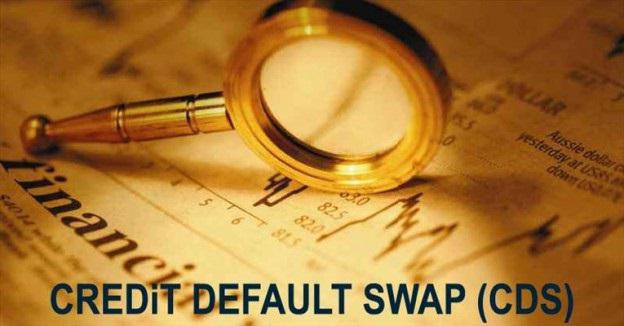
Example
Let us show by example how the default swap is applied in practice. Suppose Bank A enters into a huge loan agreement with the government of a certain country. After that, he insures the deal with the largest international credit organization. If the state cannot pay and declares default, then the bank will require the insurance company to pay for it. That is, a default swap will allow the bank not to go broke, but the insurance company will incur huge losses.
Crisis period
While everything is calm in the world or in a certain country at the macroeconomic level, such a system works. But as soon as a force majeure situation sets in, the default swap only exacerbates it. Why is this happening? The fact is that insurance companies do not have as many reserves as there are liabilities for payments. Credit risk cannot be calculated 100% for the simple reason that the situation is changing daily. Today people have a job, and tomorrow they may lose it. In times of crisis, layoffs begin. Consequently, the volume of unpaid loans is increasing.
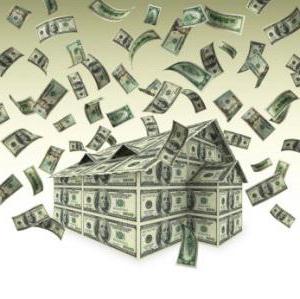
The ruin of the largest insurance company AIG
Even the largest financial companies in the world can ruin credit risk, the situation with AIG can tell. She managed to issue credit swaps totaling $ 400 billion in 2008. In general, before the crisis, the total amount of this financial product reached the level of world GDP. Naturally, when credit defaults began, and among them there was a huge percentage of “junk mortgages”, i.e. loans that were given to absolutely insolvent US citizens. In fact, banks and financial organizations have framed the largest insurance companies, distributing mortgages to everyone, right and left, regardless of the financial condition of the latter. Only the huge financial injections of the state helped the whole capitalist system to survive. In other words, the state saved capitalism, which actually denied its role in regulating the system.
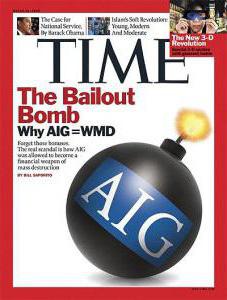
In simple words about complex
We give an abstract example in simple words, which will clearly give an idea of what a default swap on mortgage bonds is, and also a little to understand about the trading system.
Suppose, in the city of A, the Ivanov family lives. The husband makes good money, and the family does not experience any financial problems. The Ivanovs decided to take a mortgage at the bank.The credit institution approved the loan, but decided to hedge and buy insurance.
The Petrov family decided to earn extra money. She sees that the Ivanov family makes good money, and she has no problems with payments. She decides to purchase a default swap from a bank. The latter pays the Petrovs 10 thousand rubles a month, but if the Ivanovs stop paying, then they will have to return the million to the bank, and not the Ivanovs. One morning, the Petrov family saw that Ivanov had not gone to work. The next morning it repeated. It turned out that the company Ivanov worked for had reduced part of its staff. Our debtor was among the unsuccessful. The Petrovs were very frightened, since it would be necessary to pay a million to the bank for the Ivanovs. Next comes the Sidorov family. She knows that Ivanov can get another, higher paying job, and loan payments will resume. The Sidorovs offer the Petrovs to sell their mortgage swap to them for 500 thousand rubles. The latter happily agree, as they are sure that they will have to pay a million to the bank. They lose 500 thousand rubles, but they think that they also save 500 thousand rubles. They think the deal is good. After that, Ivanov gets a job and begins to pay his loan. The Sidorovs, seeing this trend, raise the price of the default swap to 700 thousand rubles. A new investor acquires it, since payments on it will amount to a million. As a result, the Sidorovs earned 200 thousand rubles on the difference. We have come to such a concept as a credit derivative. Let us examine this concept below.
Credit derivatives
Credit derivatives created the largest global financial and economic crisis since the Great Depression. In fact, a “bubble” was created, which inevitably had to burst. In 2008, traders, brokers, financial institutions and controlling government agencies created a whole financial pyramid. Even during the infamous “tulip mania” of the 17th century, financial magnates did not fall into such mass psychosis in the pursuit of profit, having lost all the remnants of critical thinking. Now about the term itself.
A credit derivative is a financial instrument designed to transfer credit risk from one person to another. In our abstract example with the Ivanovs, Petrovs and Sidorovs, we can conclude that the Petrovs and Sidorovs were trading a credit derivative. The guarantee on it is Ivanov’s loan. It must be emphasized that this is not a guarantee for a loan, that is, a car, a house, a summer residence, etc. Namely, a guarantee for a derivative. That is, credit in this case acts as a value that is sold and bought. If the debtor ceases to pay, then the holder of the derivative simply goes broke and does not have the right to collect his property from the debtor. This must be understood.
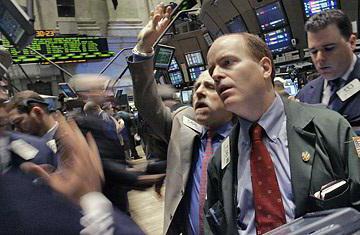
Attitude to a financial instrument by the largest global investors
The richest people in the world are critical of this financial instrument.
World largest investor Warren Buffett described the 2008 US mortgage crisis as "the biggest speculative market bubble he has ever seen." He said this in 2011 during a testimony in the Commission to Investigate the Causes of the Crisis. To questions from the Commission, he stated that all of America and the whole world had convinced themselves that the rise in property prices would continue forever, and that it would never fall. This state of euphoria and mass psychosis defies any logical explanation. The last time the world's largest bankers and financial tycoons arrived in this state during the "tulip mania" in the Netherlands in the XVII century.
The reasons for the mortgage crisis in the US 2008
Why has one of the most stable, honest and open economies in the world turned into a financial pyramid? There are many theories. Bankers blame the state for this, which did not provide a regulatory policy. Government officials blame traders and brokers for artificially inflating the bubble.Perhaps both of them are right, but in addition to this, in almost every study about the mortgage crisis, the following reasons are also mentioned:
- The growth of foreign investment in the US economy.
- Change in the legislative regulation of the banking system.
Hedging risks - transferring them from one person to another - was transmitted with such frequency that regulators simply did not have time to control the market. Against this background, it was difficult to keep track of what is happening on the exchanges. The uncontrollability of the market has led to the fact that credit swaps (CDS) began to provide new tools - CDO. And those, in turn, are CDOs on CDOs or synthetic CDOs.
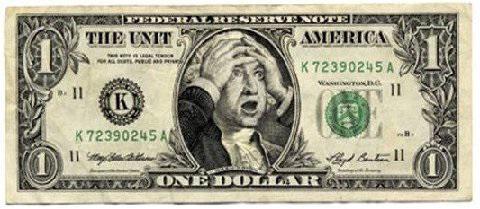
The scale of the scam is simply amazing. To do this, you just need to think about it: the loan itself becomes a value. It provides a credit swap. However, hedging risks does not end there. CDS itself becomes a value, and CDOs are created to support it. But they also become a value, and CDO to CDO are created under their support. In general, an empty system is being created from scratch, which Mavrodi once called "the accumulation and sale of greed."
The role of banks in creating the bubble
Banks and lending institutions in the United States lived by selling the loans themselves. That is, they were absolutely indifferent to whether people would be able to give them back, since for them these obligations themselves were value, and not payments on them. The more loans, the more benefits, regardless of the financial condition of the debtor.
When all this financial pyramid collapsed in 2008, then the entire severity of the consequences fell on insurance companies. Naturally, they did not have so many reserves in order to pay for this whole scam. Then the state took upon itself the coverage of all losses, since in essence the era of capitalism could end. That is, ordinary citizens - teachers, doctors, public servants - paid from their own pockets for all the frauds of Wall Street financiers.
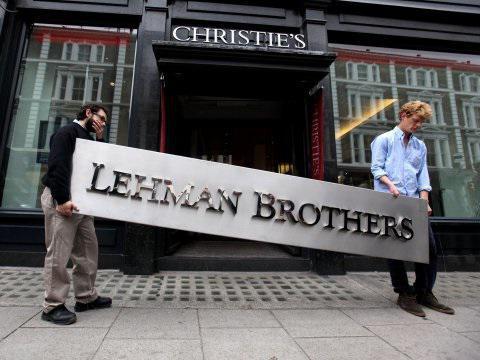
Is a repeat of the 2008 crisis possible?
After the crisis of 2008, the whole world began to wonder whether a repetition of this in the future is possible. The United States, in the eyes of global investors, has ceased to seem like a "safe haven in a raging ocean." On the contrary, the United States has become a source of “financial hurricane.” Conservatives and politicians could not come to terms with this. Enormous forces were thrown at building a new financial system. In 2011, a Commission was established to investigate the causes of the crisis. Serious accusations of fraud have been brought against many major financiers. In the same year, the United States passes a new law - the Dodd-Frank Act. Banks should now provide an accurate credit default swap transaction report. However, many are skeptical about this, since this measure does not reduce the likelihood of risks.
There is one entity in the world that can again accelerate the economic crisis to such an extent that states can no longer cope with it. This entity is Greece, which received huge loans from Goldman Sachs. If Hellas defaults, then all payments for it will be paid by the insurance company. The bill goes to billions of US dollars. This amount can undermine the entire financial system of the world.
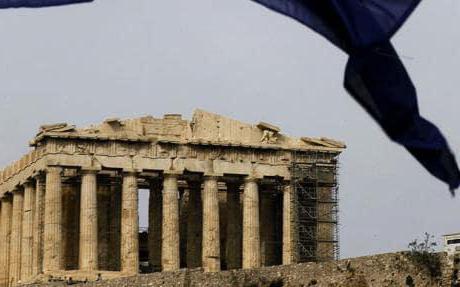
Default swaps in Russia
Despite the fact that default swaps were the root cause of the largest global financial and economic crisis, this financial instrument still has a place to be. Default swaps can be purchased in Russia. However, in our country this tool has not gained such popularity as in the USA. The reason is that credit swaps are popular when loan offers are noticeably higher than demand. In other words, there are 10 organizations per borrower that are willing to lend to him. In our country, on the contrary, there are a huge number of borrowers per creditor. Therefore, it makes no sense to purchase a credit swap, if there is an opportunity to invest directly. In the United States, at the beginning of the 2000s, the market had a huge amount of cash.Due to this, the demand for credit was significantly lower than supply.